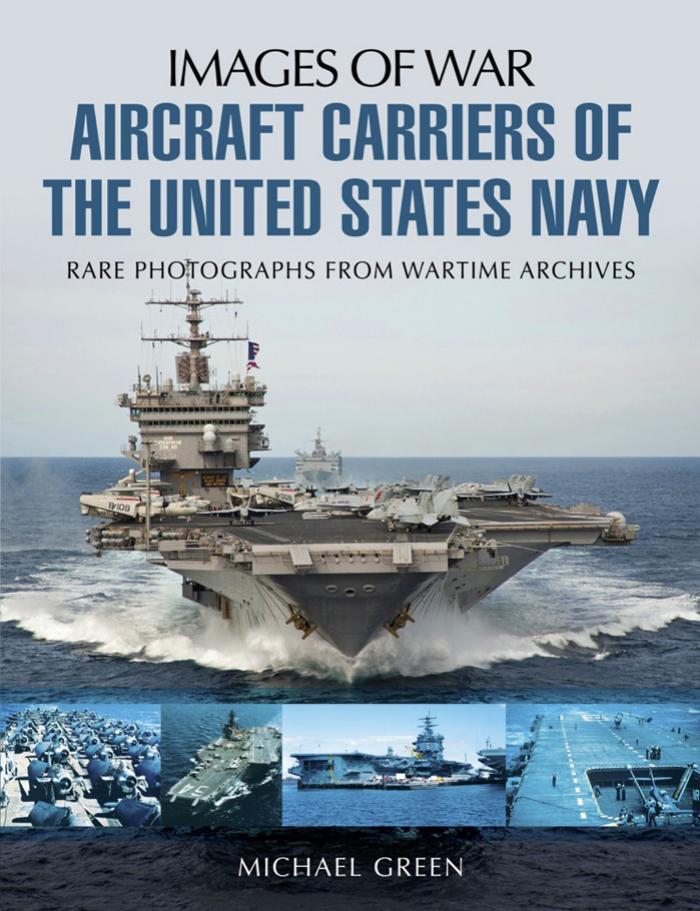

Most ebook files are in PDF format, so you can easily read them using various software such as Foxit Reader or directly on the Google Chrome browser.
Some ebook files are released by publishers in other formats such as .awz, .mobi, .epub, .fb2, etc. You may need to install specific software to read these formats on mobile/PC, such as Calibre.
Please read the tutorial at this link: https://ebookbell.com/faq
We offer FREE conversion to the popular formats you request; however, this may take some time. Therefore, right after payment, please email us, and we will try to provide the service as quickly as possible.
For some exceptional file formats or broken links (if any), please refrain from opening any disputes. Instead, email us first, and we will try to assist within a maximum of 6 hours.
EbookBell Team

5.0
88 reviewsTo take the offensive against the Japanese Navy, the American Congress funded by far the largest carrier building program in history based on the Essex class, a larger version of the pre-war Yorktown vessels. Of the twenty-six ordered, fourteen were commissioned in time to see Second World War service. These were joined by many smaller classes of carriers, including light carriers and escort carriers.
Post-war ever larger and more capable carriers were commissioned. Since 1975, when the first of a fleet of ten nuclear-powered Nimitz class carriers was commissioned, they have epitomized United States superpower status and worldwide power projection. These are due to be replaced in the decades to come with the even more sophisticated nuclear-powered Gerald R. Ford class.
Compiled and written by Michael Green, Aircraft Carriers of the United States Navy contains superb images of all the different types of classes of carriers employed by the US Navy since 1922. These and its highly informative text and captions give the reader a broad overview of this fascinating subject